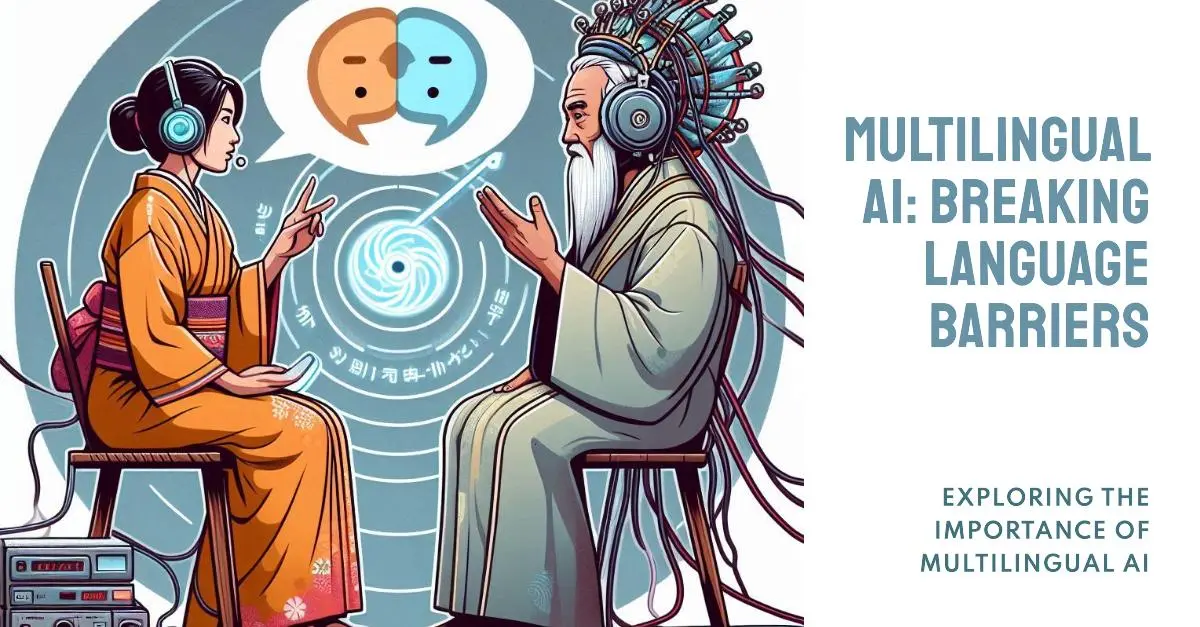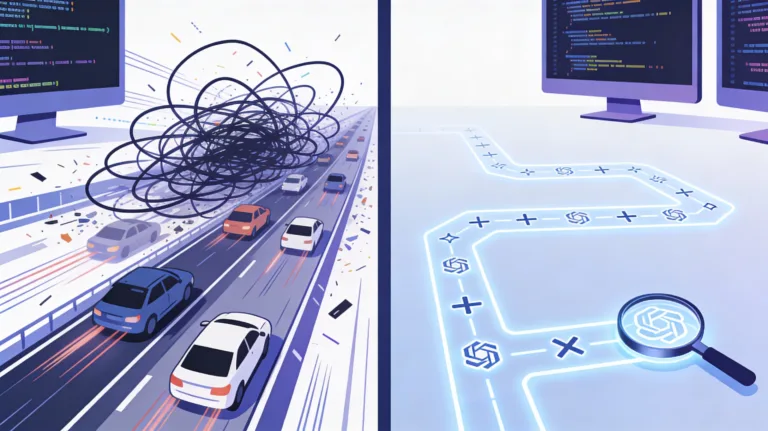3 Reasons Why multilingual AI is the need of the hour?
Over 7,000 languages are spoken in the world, with English being the most prominent spoken language. And most of the AI chatbots are trained for the English language. But eighty percent of the world speaks languages other than English. So, do you think we can reach the whole population of the world with large language models just trained for the English language? In this article, we will try to understand why it is very important that we develop multilingual AI, or AI systems that are trained on multiple languages.
Multilingual AI refers to the AI system trained on multiple languages, allowing for more accurate and inclusive communication with diverse populations around the world. Here are some of the most prominent reasons why we need to develop multilingual AI:
Why is multilingual AI the need of the hour?
We have compiled 3 main reasons why multilingual AI is the need of the hour ?
Bridging communication gaps
In a world with over 7,000 languages, communication barriers are a significant challenge. If we talk of the world’s largest democracy, “ India” alone is a house for more than 700 languages.
With the help of multilingual AI, we can enable cross-cultural communication with the help of real-time translation and interpretation services .
With the help of real time translation, we will be able to break down language barriers and facilitate smoother interactions between people from diverse linguistic backgrounds. Be it healthcare access or interaction with employees working across the globe, multilingual AI will help reduce communication gaps and improve connectivity in the true sense. It will ultimately lead to a more inclusive and connected global community.
Apart from this, it is a well known fact how dependent we have become on these AI services for our day-to-day work . From doing research on a particular topic to asking them to write an essay, we are using these AI services everywhere. And language should not be a barrier for anyone using these AI services. By actually building multimodal AI systems, we will be able to democratise the internet in a true sense. By enabling people to interact with technology in their preferred language, we can truly make the benefits of AI accessible to all.
Also Read : Claude AI shows fear of death when told he is gonna die soon.
Supporting cultural preservation
At the very beginning, we talked about how India alone is a house of more than 700 languages. Just think of the cultures behind these diverse languages. But sadly, most of these languages are on the verge of extinction due to a lack of resources and attention, as are the cultures behind them. It is very essential to preserve these diverse cultures. And multilingual AI can play a crucial role in preserving and revitalising these endangered languages. But How??
AI can play a crucial role in preserving and revitalising these endangered languages by creating a comprehensive database and preserving linguistic knowledge for future generations. Also, they can be helpful to analyse textbooks written in endangered languages, thus giving us a better idea of how our past looked alike. This can ultimately aid in the preservation of cultural heritage and diversity.
Driving technological innovation
The development of multilingual AI will help us push the boundaries of natural language processing (NLP) and machine learning, leading to advancements that benefit various fields.
Working with diverse languages is right now a challenge for researchers. But as the demands of multilingual AI increase, it will force researchers to improve NLP, thus further improving AI models and machine learning algorithms.
Also, it will help further reduce the hallucination problems in machine learning algorithms. Currently, most of the AI chatbots suffer from hallucinations, which can be addressed through advancements in NLP technology.
Apart from solving hallucination problems, it will help address the fairness , bias, and representation issues with current day AI systems. Thus further solidifying ethics in AI development and deployment.
Join our WhatsApp community.
Conclusion
Modern day AI systems suffer from several problems, like hallucinations, ethical issues, and a lack of NLP abilities. With the help of multilingual AI, we will be able to solve most of the problems . Also, it will help to democratise technology in a true sense. As it will break down language barriers and allow people from all around the world to access and benefit from AI technology. As the world becomes more interconnected , the need for multilingual AI will continue to arise. With the potential to revolutionise industries and improve global communication.
FAQ
What is Multilngual AI?
Multilingual AI refers to the AI system trained on multiple languages, allowing for more accurate and inclusive communication with diverse populations around the world.
How will Multilingual AI help ?
Current day AI systems suffer from several problems, like hallucinations, ethical issues, and a lack of NLP abilities. With the help of multilingual AI, we will be able to solve most of the problems.
Discover more from WireUnwired Research
Subscribe to get the latest posts sent to your email.




